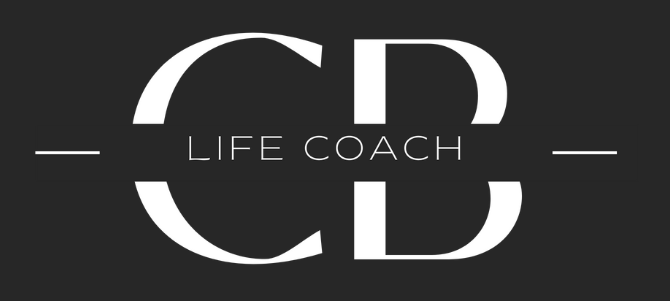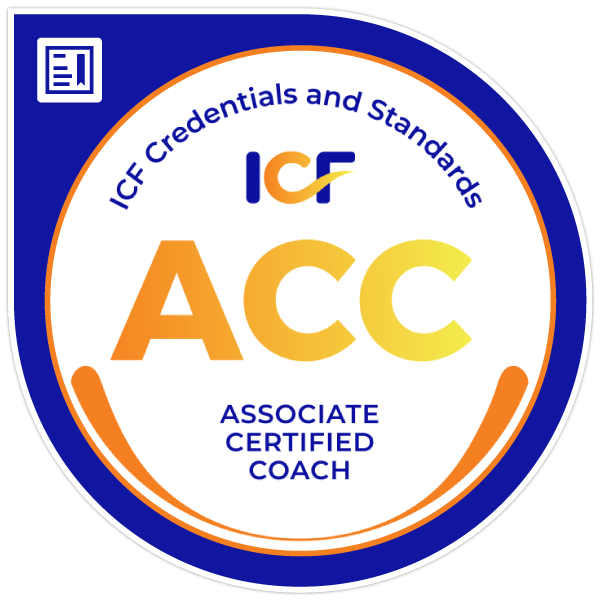Career Guides
How to write a unique CV
Here are some tips on how to write a CV, what to look out for and what you could include.
Why your CV matters
The Power of a Standout CV
Your CV is your first impression. It’s the gateway to securing an interview and ultimately landing your ideal job. In today’s competitive job market, recruiters often receive hundreds of applications for a single role, and they may only spend a few seconds scanning each one. This means that if your CV doesn’t grab their attention immediately, you could miss out on an opportunity before they even read past the first few lines. A well-crafted CV ensures you don’t get lost in the pile. A strong CV isn’t just a list of past jobs and qualifications; it’s a personal marketing tool that showcases your skills, achievements, and unique strengths in a clear, professional, and engaging way. It should instantly convey why you are the right fit for the role, highlighting your most relevant experience in a way that speaks directly to the employer’s needs. Every detail—from the structure and layout to the choice of words—plays a crucial role in making sure your application stands out.
Beyond listing your work history, a truly effective CV is tailored to each role you apply for. A generic CV may not be enough to convince hiring managers that you are the ideal candidate, as different roles require different skill sets. Taking the time to align your CV with the specific job description demonstrates attention to detail, adaptability, and a genuine interest in the role. It also helps employers quickly see how your experience aligns with their requirements, increasing your chances of moving forward in the hiring process. In addition to content, the visual aspect of your CV is just as important. A cluttered, poorly formatted CV can make it difficult to read, while a well-organized document with clear headings, bullet points, and professional fonts ensures that your key information is easy to find. Your CV should create a strong first impression before the recruiter even begins reading the details.
In this guide, we’ll walk you through essential CV tips and techniques, from formatting and layout to tailoring your content for specific roles. By following these strategies, you can craft a compelling and polished CV that not only gets noticed but also positions you as a top candidate in your industry.
Tips and Techniques
1. Include your Full Name, Address, and Email Address
At the top of your CV, make sure to clearly include your full name, address, and email address. This ensures that the employer can easily contact you. If you have a professional LinkedIn profile or personal website that showcases your work or portfolio, consider adding that information as well. These details should always be visible at the top of your CV so potential employers don’t have to search for them.
2. Highlight your Work Experience, Qualifications, and Skills
Your CV should provide a comprehensive list of your previous work experience, your qualifications, and any relevant education or training. Be sure to list your experience in reverse chronological order, starting with your most recent role. For each position, focus on your key responsibilities, achievements, and how they relate to the job you’re applying for. Also, include your most relevant skills, such as technical abilities, languages spoken, or certifications that set you apart. This helps create a clearer picture of your professional background.
3. Add Personal Information: Awards, Hobbies, and Interests
While your CV should focus on your professional qualifications, including personal details such as awards, hobbies, and interests can give potential employers a fuller understanding of who you are. This information can help showcase your well-rounded personality and how you might fit into the company culture. However, make sure the hobbies or awards you include are relevant and add value to the position you’re applying for.
4. Tailor Your CV to each Job Application
One of the most important things you can do is tailor your CV to match the job description for the role you’re applying for. Make sure to highlight the experience and skills that are most relevant to the position. Employers are looking for candidates who are a good fit for the specific role, and tweaking your CV to reflect this will show that you’ve taken the time to understand the job and company. Every time you send out your CV, review and edit it to ensure it aligns with the job you’re applying for.
5. Prioritise the Most Important Information
Make sure the most important information is easy to find and stands out. Place the key details, such as your profession, qualifications, and a brief personal statement, near the top of your CV. This allows employers to quickly see why you’re a good match for the role. Your personal statement should be concise and highlight your strengths, your passion for the role, and why you’re excited about the opportunity. By prioritizing relevant information, you can make it easier for hiring managers to quickly assess your suitability for the role.
Most common Type of CV
The Chronological CV is the most traditional type of CV, and is what most employers expect to see. A chronological CV lays out your professional experience in reverse chronological order so that your most recent job is at the top of the page. Ideally, a CV should go back around 10- 15 years, or cover your last 5-6 positions.
Additional Tips
Think about the layout, fonts and colours. Use something readable and professional, like Arial or Times New Roman. A potential employer will notice the layout of your CV before they even start to read it. Ensure you list and explain your key achievements.
Ensure that your CV is concise and proofread it before you send it.
Let's take a closer look at this example
This CV is effective because it clearly highlights John Smith’s skills, experience, and achievements in a structured way. The professional profile quickly establishes his expertise, while the key skills section ensures recruiters can identify his strengths at a glance. The professional experience section follows a chronological format, using bullet points to showcase measurable achievements, like improving system performance by 30%. This results-focused approach demonstrates impact rather than just listing responsibilities. With education & certifications reinforcing his qualifications and projects & achievements showcasing innovation, this CV is well-structured, concise, and easy to scan—maximizing John’s chances of securing an interview.
Tailored CV Coaching
Turn your CV into a powerful career tool
Are you ready to land your next big opportunity? A well-crafted CV is your first step towards making a lasting impression. My 90 min CV Coaching Session is designed to help you refine your current CV for the exact roles you’re aiming for.
Let's connect on Instagram
Join me on Instagram for weekly tips and techniques about life and career


